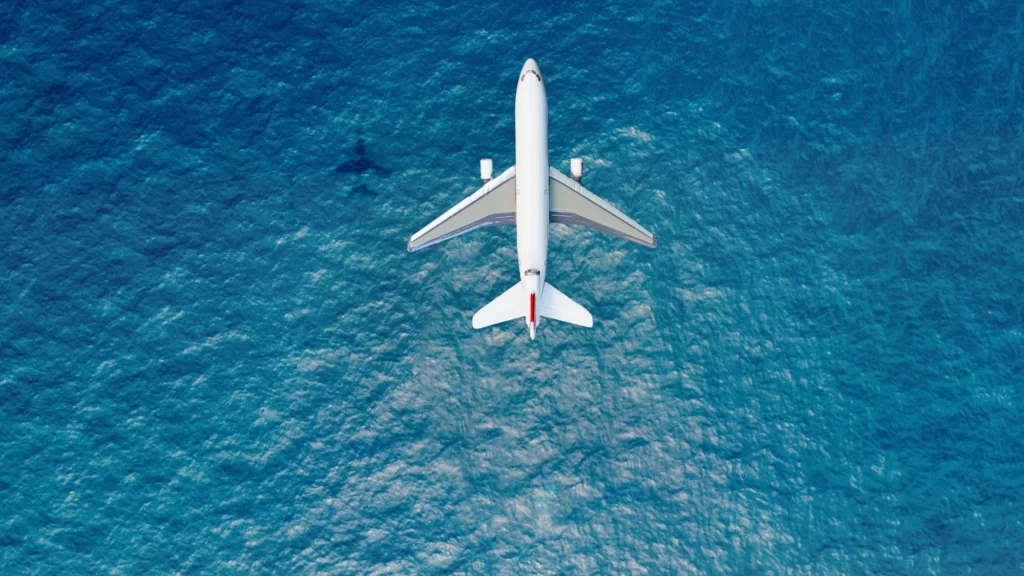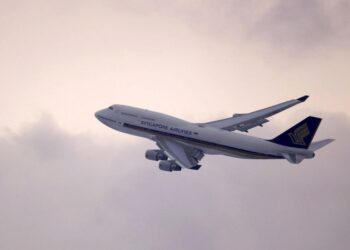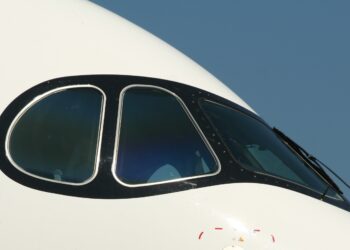Although there are exceptions, most commercial airlines don’t fly directly over the Pacific Ocean for routes connecting the United States to Asia. Instead, they choose “curved” routes that hug bodies of land. Unless you’re familiar with commercial aviation, you might be wondering why commercial airlines don’t fly directly over the Pacific Ocean. After all, conventional wisdom may lead you to believe that a straight route over the Pacific Ocean offers the shortest path, making it preferable for commercial airlines and passengers alike.
Curved Routes Are Shorter Than Straight Routes
The primary reason airplanes don’t fly over the Pacific Ocean is because curved routes are shorter than straight routes. Flat maps are somewhat confusing because the Earth itself isn’t flat. Rather, it’s spherical. As a result, straight routes don’t offer the shortest distance between two locations. Whether a commercial airline is flying from the United States to Asia or elsewhere, it will have the fastest and most fuel-efficient flight by performing a curved rout.
You can see for yourself by conducting an experiment with a globe of the Earth. With a spherical globe in hand, identify two locations, such as the middle of the United States and the middle of Asia. Next, connect a piece of a string or cordage directly between these two areas to mimic a straight route. When finished, cut use a marker to highlight the string or cordage at this distance. Now it’s time to measure a curved path connecting the same two locations. Using the same piece of string or cordage, connect the two locations using a curved route. Assuming you followed these steps correctly, you’ll discover that the curved route is physically shorter than the straight route.
Curved Routes Are Safer
Of course, curved routes connecting the United States to Asia (and vice versa) are also safer than straight routes connecting the same regions. Commercial airlines typically fly a Northern curved route that goes over Canada and Alaska. Therefore, they spend less time over the Pacific Ocean, allowing for emergency landings if needed.
In any given year, airplanes are in the air for approximately 25,212,000 hours, according to the U.S. Federal Aviation Administration (FAA). For routes connecting the United States to Asia, however, commercial airlines don’t fly in a straight line directly over the Pacific Ocean. They choose curved routes because they are shorter and, therefore, offer cost-savings benefits in the form of lower fuel consumption and faster flights.




















